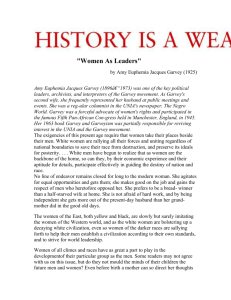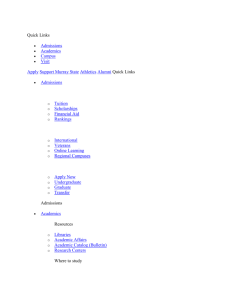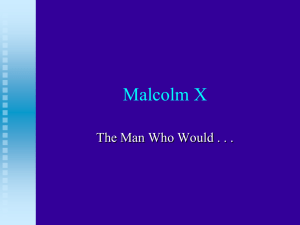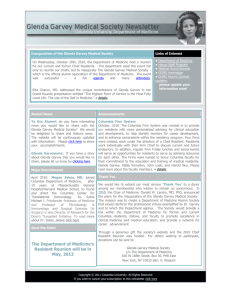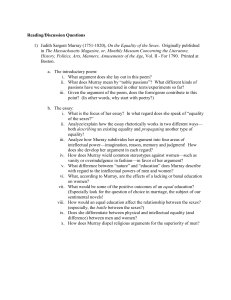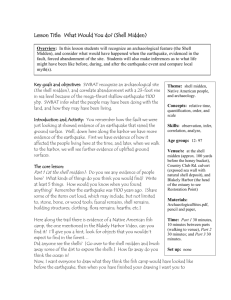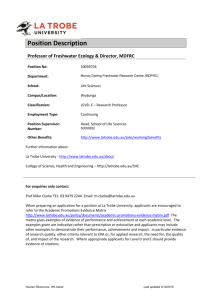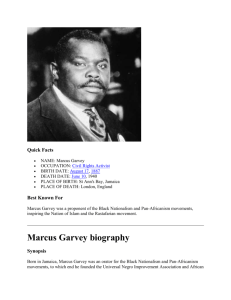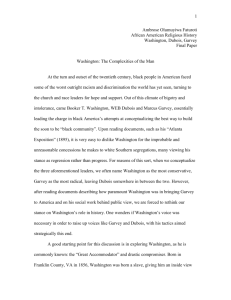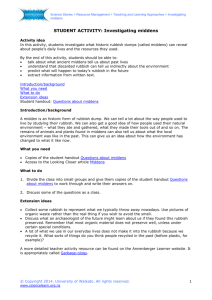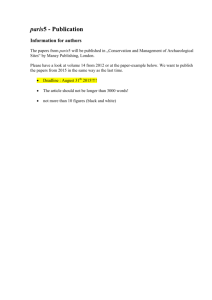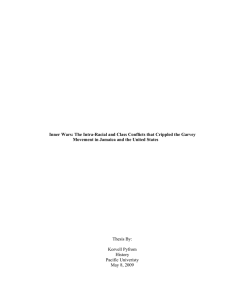Archaeological project - Ned`s Corner Transcript
advertisement
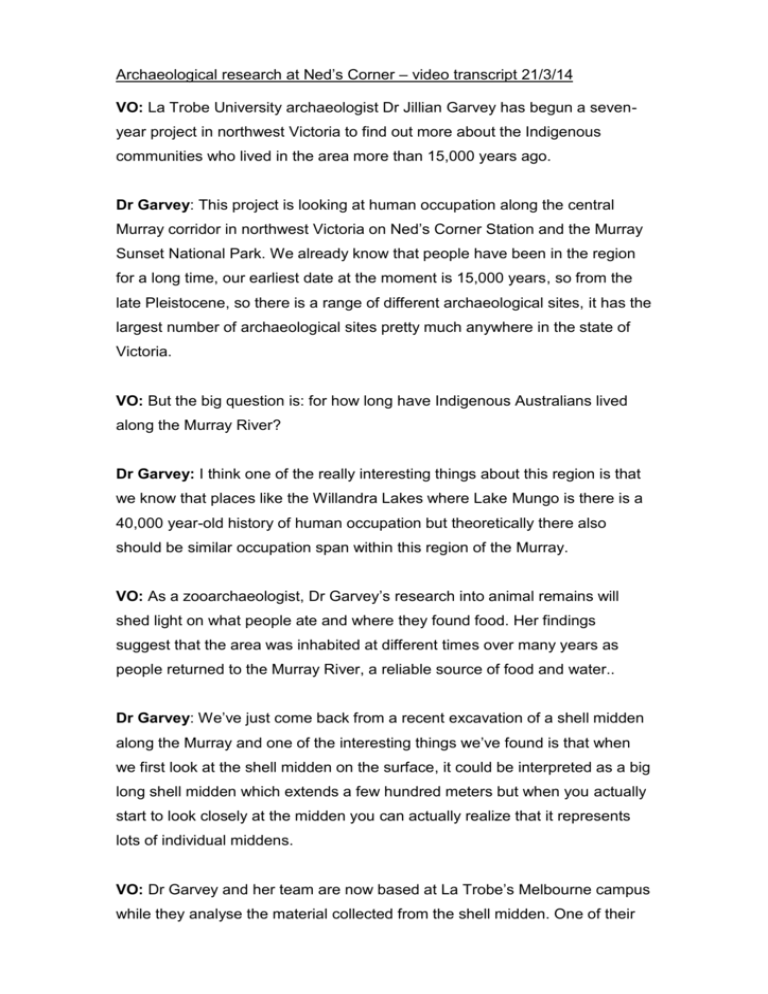
Archaeological research at Ned’s Corner – video transcript 21/3/14 VO: La Trobe University archaeologist Dr Jillian Garvey has begun a sevenyear project in northwest Victoria to find out more about the Indigenous communities who lived in the area more than 15,000 years ago. Dr Garvey: This project is looking at human occupation along the central Murray corridor in northwest Victoria on Ned’s Corner Station and the Murray Sunset National Park. We already know that people have been in the region for a long time, our earliest date at the moment is 15,000 years, so from the late Pleistocene, so there is a range of different archaeological sites, it has the largest number of archaeological sites pretty much anywhere in the state of Victoria. VO: But the big question is: for how long have Indigenous Australians lived along the Murray River? Dr Garvey: I think one of the really interesting things about this region is that we know that places like the Willandra Lakes where Lake Mungo is there is a 40,000 year-old history of human occupation but theoretically there also should be similar occupation span within this region of the Murray. VO: As a zooarchaeologist, Dr Garvey’s research into animal remains will shed light on what people ate and where they found food. Her findings suggest that the area was inhabited at different times over many years as people returned to the Murray River, a reliable source of food and water.. Dr Garvey: We’ve just come back from a recent excavation of a shell midden along the Murray and one of the interesting things we’ve found is that when we first look at the shell midden on the surface, it could be interpreted as a big long shell midden which extends a few hundred meters but when you actually start to look closely at the midden you can actually realize that it represents lots of individual middens. VO: Dr Garvey and her team are now based at La Trobe’s Melbourne campus while they analyse the material collected from the shell midden. One of their first experiments involves steaming modern-day mussels, collected from the Murray River, on a fire mound. The aim is to find out more about how Indigenous Australians would have cooked the food that they harvested thousands of years ago. Dr Garvey: Now we’ve excavated all these shells we’re going to spend the next 18 months in the lab, weighing measuring and sorting all the shell so we can gather a picture of what people were doing in the past. So looking at what size mussels they were harvesting and collecting, and what size snail shells that they were collecting. We also collected quite a lot of charcoal from the excavation so we will get that radiocarbon dated to get an idea of what time period this particular midden dates to. VO: This research is the first step in a long project to find out more indigenous use of the land in North-West Victoria. To keep up to date with Dr Garvey’s research, visit the La Trobe archaeology web site. END
